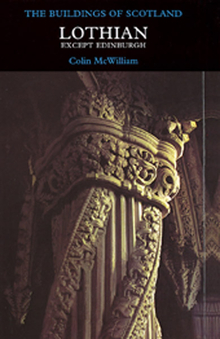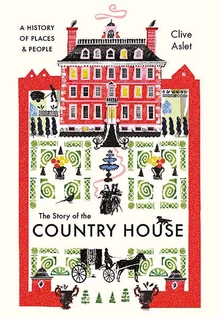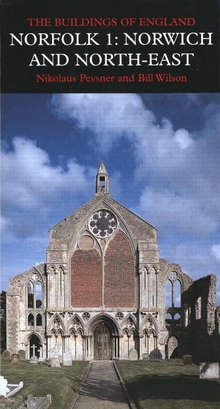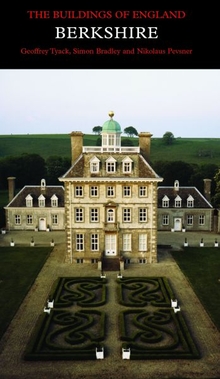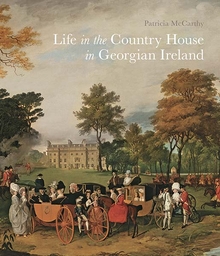From Ornament to Object
WARNING
You are viewing an older version of the Yalebooks website. Please visit out new website with more updated information and a better user experience: https://www.yalebooks.com
Genealogies of Architectural Modernism
Alina Payne

Read this book online via the A&AePortal, our art and architectural history eBook platform. To learn more about how to access this book, please contact us.
In the late 19th century, a centuries-old preference for highly ornamented architecture gave way to a budding Modernism of clean lines and unadorned surfaces. At the same moment, everyday objects—cups, saucers, chairs, and tables—began to receive critical attention.
Alina Payne addresses this shift, arguing for a new understanding of the genealogy of architectural modernism: rather than the well-known story in which an absorption of technology and mass production created a radical aesthetic that broke decisively with the past, Payne argues for a more gradual shift, as the eloquence of architectural ornamentation was taken on by objects of daily use. As she demonstrates, the work of Adolf Loos and Le Corbusier should be seen as the culmination of a conversation about ornament dating as far back as the Renaissance. Payne looks beyond the usual suspects of philosophy and science to establish theoretical catalysts for the shift from ornament to object in the varied fields of anthropology and ethnology; art history and the museum; and archaeology and psychology.
Alina Payne is professor of history of art and architecture at Harvard University. In 2006 she received the Max Planck and Alexander von Humboldt Prize in the Humanities. Her books include The Architectural Treatise in the Italian Renaissance, The Telescope and the Compass, and Antiquity and Its Interpreters.
“The patterns and networks Payne uncovers in this tightly argued and beautifully illustrated book are revealing and intricate, as if the method she has established for tracing what she might call the lineages of modern design. Her approach, although rooted in architectural history and clearly underpinned by her past research...is richly multi-disciplinary."
“Payne’s goal in From Ornament to Object is to work across disciplinary boundaries to take a long view of cultural activity and reflect it back into theories of material and visual culture. Comparable with recent groundbreaking books on visual culture...ideas and objects crystallise into sophisticated interpretations of where modernity came from and how it was apprehended. Modernism’s distinctive outputs and histories are enriched through Payne’s widened cultural horizon.”—Alya Lepine, Burlington Magazine
Publication Date: July 31, 2012
62 color + 108 b/w illus.


